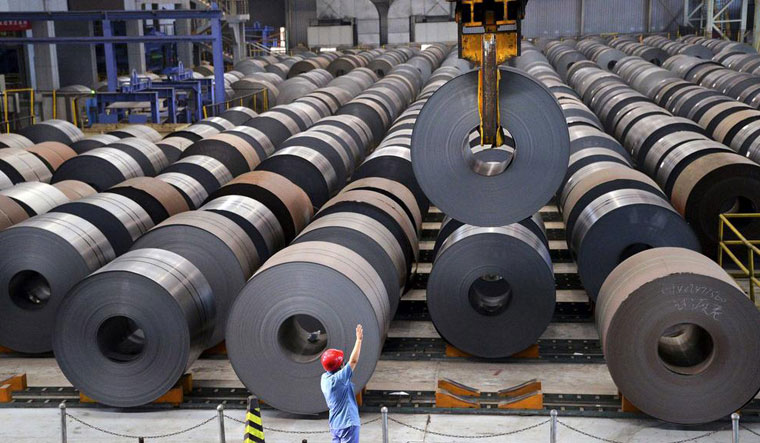Though there is huge potential for increasing the growth of steel demand in India, the per capita steel consumption in the country is still very low at around 68 kg that is much less than one third of the world average of around 208 kg.
As per Union Minister of Steel Chaudhary Birender Singh, under the Modi government there has been a remarkable recovery in the steel sector which was reeling under crisis and had NPAs. He said during the last 3-4 years, steel production in the country had gone up by around 32 per cent and the per capita consumption of steel in the country had grown from 58 kg to around 68 kg.
Singh, who was speaking on the sidelines of a meeting of the recently constituted National Steel Consumers Council of the Ministry of Steel in Bengaluru, also stated that under the Modi government net imports of steel had gone down and there was an increase of steel exports from the country.
“It is our endeavour to increase the per capita consumption of steel in India to around 160 kg from the current 68 kg and we are going in the right direction. We have seen a total turnaround in the steel sector and it is now the 2nd in position in the eight core sectors in the country. Steel contributes about two per cent to the GDP of India and the government has identified infrastructure as a priority sector which is bound to bolster the GDP growth rate. There are advantages of steel-based structures like lower life cycle costs and high design flexibility with better aesthetics steel a major material component in infrastructure development,” said Singh.
Elaborating on the lower life cycle costs, Singh pointed out that the life of a concrete bridge may be around 50-60 years but the life of a steel bridge is almost double, to say, around 100 years. “Though the steel bridge will be 10-15 percent costlier than a concrete bridge, it offers more than twice the utility when compared to a concrete bridge. There is a lot of scope for consumption of steel especially in the field of railways up-gradation, modernisation of the defence sector, urban transformation and shipping etc that are expected to use domestic steel,” remarked Singh.
He also observed that the government's initiatives such as 'Make in India' and the 'Pradhan Mantri Awas Yojna (Housing for All by 2022) are further expected to drive the steel demand across the country. Policy interventions of the government like the amendment of General Financial Rules to consider life cycle costs of a project in government procurements, notification of the National Steel Policy 2017 which aims at a steel making capacity of 300 MT by 2030-31 and the implementation of the policy for providing preference to domestically manufactured iron and steel procurement etc are expected to drive steel consumption in the country.
In order to meet the R&D demands and innovation in the steel sector, the steel ministry has created a Steel Research and Technology Mission of India.


